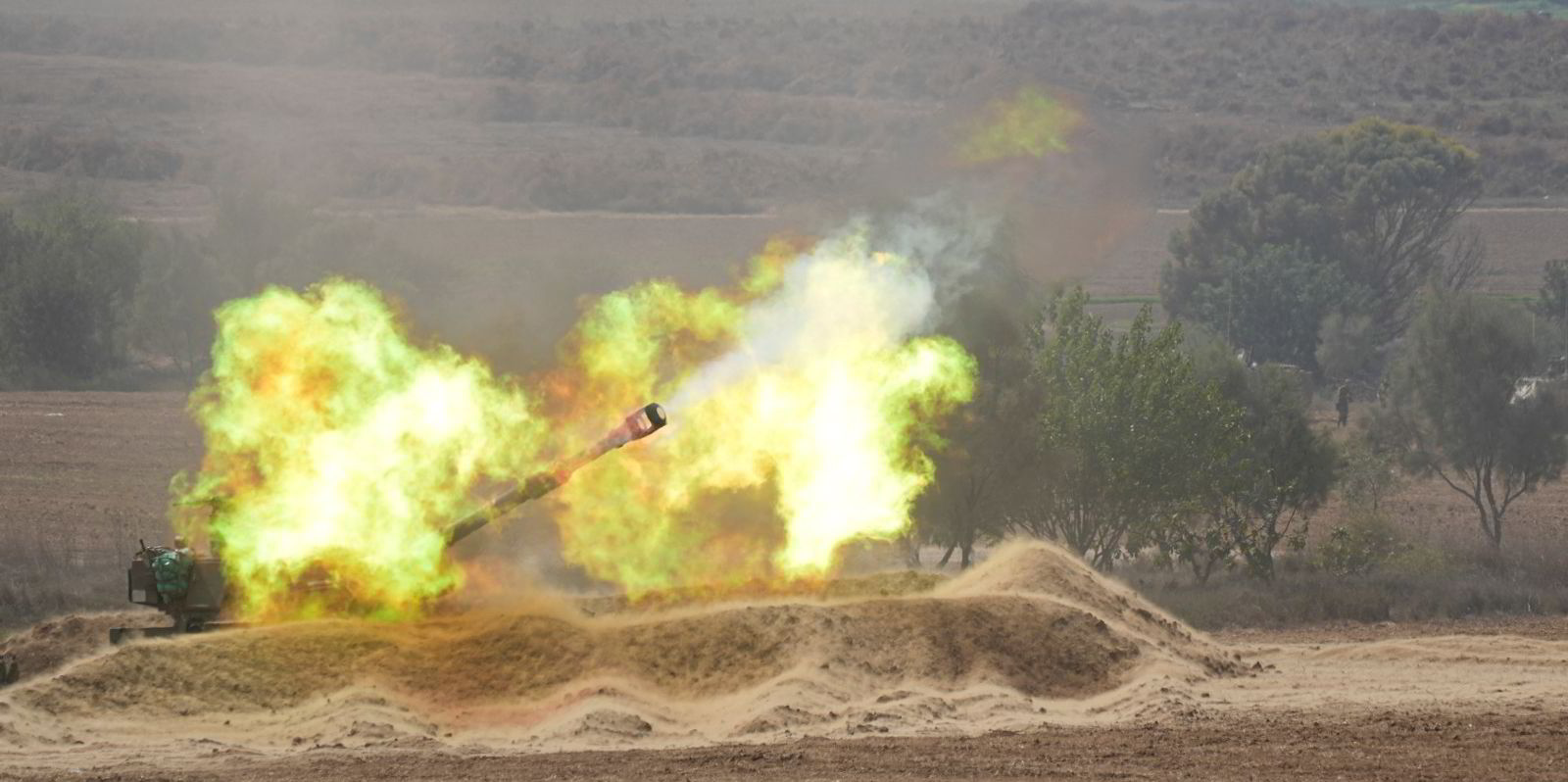Uncertainty about conflict in the Middle East has left markets on edge over the potential impact on the global oil trade, the International Energy Agency (IEA) said on Thursday.
The war between Israel and militant group Hamas has sharply increased geopolitical risk in a region that accounts for more than one-third of the world’s seaborne oil trade.
“While there has been no direct impact on physical supply, markets will remain on tenterhooks as the crisis unfolds,” the IEA said in its latest monthly oil report.
“The Middle East conflict is fraught with uncertainty and events are fast developing. Against a backdrop of tightly balanced oil markets anticipated by the IEA for some time, the international community will remain laser-focused on risks to the region’s oil flows.”
The surprise attack by Hamas at the weekend led to crude prices jumping on Monday before falling back to below $86 per barrel in London on Thursday.
Analysts say some of the biggest risks to the tanker market will come if Iran is drawn into the conflict — a factor that US officials have been keen to downplay.
Continued production cuts by Saudi Arabia and Russia pushed prices to nearly $98 per barrel in mid-September, but they have fallen back amid concerns over the state of the global economy. The IEA said high prices led to US gasoline consumption hitting two-decade lows.
Tanker freight rates fell for an eighth consecutive month in September because of long tonnage lists and production cuts.
The IEA said reasons for the depressed rates included aframax and suezmax owners moving out of the Russian trade in recent months after Russian oil rose beyond the G7’s $60-per-barrel price cap.
It said tonnage supply has been boosted by the sharp decline in floating storage stocks, leaving vessels available to rejoin the market. It added that scrapping has also lagged behind the delivery of newbuildings this year.
The report highlighted the surge in Russian export revenues by $1.8bn to $18.8bn in September — their highest level since July 2022, owing to an increase in volumes and higher prices. Overall crude exports were unchanged compared with a year earlier.
World supply increased by 270,000 barrels per day (bpd) to 101.6m bpd in September, led by higher production from Nigeria and Kazakhstan. The war has not had a direct impact on oil flows, according to the IEA.
Meanwhile, demand growth in China, India and Brazil has underpinned an expected increase of 2.3m bpd to 101.9m bpd in 2023. China is accounting for more than three-quarters of the increase.
The IEA said demand growth is likely to slow to 900,000 bpd in 2024 as efficiency gains and a worsening economic climate affect oil use.
Read more
- Israel conflict could influence US-Iran relations and tanker market
- Israel’s biggest oil-importing port closes to tankers as fighting continues
- Oil price surges amid fears of wider Middle East crisis
- ‘Maximum security’ warning issued to shipowners as Mideast violence spreads
- Big shipping portfolio shifts as UBS gobbles up Credit Suisse





